Potential Uses of the Mysterious Clayton Rings & Discs of Ancient North Africa
- John P. Siron

- Mar 27, 2023
- 7 min read
Updated: Mar 29, 2023
THE CLAYTON SET- AN INCREDIBLY IMPORTANT MULTI-USE CERAMIC:
COULD IT BE THAT CLAYTON RINGS REPRESENT HUMANS' FIRST EFFORT AT FIRE CONTROL, EMBER SAVING, LAMP LIGHT, EFFICIENT HIGH HEAT COOKING, SPACE HEATING, CERAMIC-UTENSIL MAKING, CHEESE MAKING, & CHEMISTRY ACTIVITY?
by John P. Siron First published March 27th, 2023

In the Northern African Sahara desert including Western Egypt and Present Day Libya, scores of mysterious rings and discs have been found. Many of them are engraved with ownership graphics. We know by radiocarbon dating and the occurrence of the objects next to stylized rock art of Barbary sheep and other indicators, that they coincide with the Pre-Dynastic and Early Dynastic Egyptians (6000-2800 B.C.).
That means they could be a potential symbol of the very beginning of what we know as Civilization— if we could only figure out what they were really used for.
The Sheikh Muftah people left their ceramic rings near the Dakhla Oasis, or Inner Oasis. In the late 19th century, British archaeologist William Matthew Flinders Petrie found a variety of objects from Ancient Egypt, including the Clayton Rings/Discs.
“It seems rational to associate Clayton’s rings, which are abundant in the areas of activity of Sheikh Muftah’s culture, with a mobile lifestyle. Although their function is not entirely clear, their placement at points easily recognizable in the desert landscape - rock shelters or on hills – facilitated access to them and their possible reuse…The Clayton ring from Bargat El-Shab placed on a hill visible in the desert landscape was easily accessible to wanderers from the north.” —P. Bobrowski, A.Mączyńska 2020
Perhaps they are as important as the invention of the stone hand-axe, the spear tip, the stone knife, the ceramic cooking pot, and the arrowhead. Together, with these incredibly transformative tools and weapons, the Clayton Rings could easily represent our True Beginning.
“Mysterious bottomless conical ceramic rings, usually associated with a perforated clay disc, have been found in numerous places between the Nile valley and the Libyan border. So far there is no indication of the use of these so-called Clayton rings (Translated from German).”—R. Kuper 2006
Early Humankind, looking at the rising dark clouds full of rain and thunder and lightning on the horizon— would have seen an impressive flash of light hit the ground for one brief second. The powerful curious artifact of Fire would have emerged and swept the dry grasslands. But how to use it, control it, keep it?
Perhaps the fire could be used to make food more digestible, warm us at night and in the day, ward off predators, and help us make useful things for our survival as a species.
To capture the embers, perhaps a dry gourd (attached to a belt) would do, while feeding it kindling during long treks to the next campsite.
But, feeding those embers every day of the year, must have become an arduous task.
So, in making daily fires, perhaps backed into small hills of perfect clay, another useful invention was made— Ceramics.
Somewhere in our deep past, perhaps around 12,000 years ago or earlier, a few fires may have resulted in accidental rings of clays. A simple half circle or maybe even a full circle cylinder if the clay was packed around a small fire to make it stronger through the night.
Imagine that this baked ceramic circle became the way to keep the small fire stronger the next night. Then, a lid with a finger hole was invented. Not only would the all-important embers be saved from day-to-day easily, many things could be born from this simple two-piece object- a stove, a heater, a hearth, ember protector, and incredibly, the first chemistry tool for distilling essential oils for medicine.
“Named after the geographer and desert explorer P.A. Clayton (1896–1962), Clayton rings are conical cylinders of pottery, open at both ends. They are always found with one or more perforated pottery disks that are always just slightly larger than the ring’s smaller opening, but do not fit as lids.” —The British Museum
A light bulb looking object (reactor), was perhaps added to the apparatus as the whole device is turned upside down (see illustration #9), then a larger lid and pan/plate are added, the reactor then stuffed with herbal-chemical rich material like cedar leaves/twigs/berries, could drip the precious materials into the pan/plate under the Clayton stove through a process called pyrolysis (Pyrolysis proposal Hans-JoacHim PacHur 2017).
Then, a variety of resins could be stored in mini-pots and used for everything from open-wound skin scrapes, to glueing arrowheads and feathers to arrow shafts, then wonderfully fragrant perfume (the ancient word is Attar) to make one more attractive to the opposite sex.
Perhaps it’s time to revive this ancient technology, in order to fully appreciate the power of such a small device in transforming, say, not just Humankind & Civilization, but a humble camping experience.
GALLERY
//////////

A Walk-through of the Main Illustrations:
A Clayton Ring with Lid Disc pressed upwards into the small opening of the cylinder (locked by unique conical geometry of Clayton Ring) is placed over Kindling pile.
2. A match lights the Kindling through the finger hole in the Disc, as long as there is sufficient oxygen provided by a channel underneath the entire apparatus.
3. A nice hot fire can be fed from the Lid Disc finger hole or underneath with dry twigs, dung pellets, grasses, or leaves.
4. A focused fire emerges from the Lid Disc hole.
5. Cooking with a small ceramic pot can be facilitated with pebbles to give distance to the flame and allow full airflow for the fire.
6. Hot embers capable of starting the next fire can be saved overnight by placing the apparatus with Disc Lid in place on a flat rock or dry mineral soil (Earth).
7. Turning the apparatus upside down, adding a pan/plate underneath and a new large lid with hole (for temperature sensing) makes a sophisticated pyrolysis apparatus out of the simpler apparatus, advancing the technology (Hans-JoacHim PacHur 2017).
8. Charcoal and Resins (pyrolosates) are produced which become very useful tools themselves for medicine and archery tools, for instance (Hans-JoacHim PacHur 2017).
9. Adding a Light Bulb shaped reactor chamber with specific mix of burn materials begins the fine work of the human chemist. Just add high heat, by surrounding the entire apparatus with fresh moist clay (to prevent cracking of the Clayton Ring), then build a wood/charcoal/dung fire around that in a pit. Cool slowly at the end of the chemistry cycle by covering with sand (again to prevent cracking). (Hans-JoacHim PacHur 2017).
10. A rope together with leather pieces allows for carrying of the apparatus on a belt or pack-animal without breaking it during a journey.
11. A small open fire in a conical ring is also useful and quick to make. Casually setting and removing the Lid Disc allows for temperature control. Quite the hand-warmer on a cold desert or mountain night.
12. Stacking several Rings with a clay seal allows for higher temperature fires as the fire moves upward through the levels. Again, facilitated by an oxygen air channel flow at the base level. Surrounding the entire apparatus or half-surrounding it with Earth, allows for temperature control. This is the beginning of the more powerful stove.

13. Surrounded by Clay Mass / Earth and Rocks, a ceramic apparatus perhaps becomes an early hearth, something to develop structure around, perhaps in a natural cave.
14. A developed all-stone Hearth.
15. A hearth becomes the center-point for an advanced shelter, birthing the idea of a Fully Enclosed Home.

16. An accidental development process for developing the very first ceramic rings in Human History— Making a small fire in a moist Clay Mass Wall with embers from a Lightning Strike, in a semi-circle inclusion, finding it “stays” in the morning— as a more permanent ceramic form by the high-heat of the fire of the previous night.
17. The accidental ceramic cylinder or semi-circular ring is found useful for future fires, as the heat reflection is noticeable and then, very importantly, highly transportable.
18. As Future fires are made in Rings, a disc lid with finger hole discovery is made, enclosing embers. Closing the hole requires only a lump of clay and/or a small round rock, thereby ensuring heat-saving and heat emanation over time.
19. Cutaway of the simplest working fire configuration for a Clayton Ring as a) Cook Stove b) Light Source c) Heat Source d) Ember Saver e) General Fire Control
20. Exterior view of working configuration, assuming oxygen airflow underneath based on ground channel design.

21. A Clayton Set Pit-fire Pottery Kiln baking Spoon and Yarn Dowel
a) Local Mineral Soil / Earth Ground
b) Moist Clay caked onto Clayton Ring Kiln apparatus to prevent cracking of Kiln Apparatus
c) Lid Hole showing temperature to Potter
d) Raw Clay spoon and Yarn Dowel
e) Sand ready to cover and cool fire
f) Mud Clay seal between apparatus pieces
g) Clayton Disc and Ring in Typical Configuration (Disc pressed into Ring at Shorter Opening)
h) Pan Plate Bottom
i) Wood fire with fuel such as dung, branches, firewood, and charcoal.
(Hans-Joachim Pachur 2017).
22. A Clayton Ring set is invaded by the bees of Egypt/Libya and used as a convenient hive.
23. Cutaway view of Clayton Ring as a Hive, with the Disc Lid Finger Hole as Bee Entrance
24. The evolution of Clayton Ring Hive into Human-Maintained Stacked Hive, with the ability to break out portions of the hive for harvest, without disturbing the Queen Bee installed in the Base Ring (T. Musch, D. Brückner).

25. Possible further use of Clayton Rings for straining milk curds and making cured cheese, a common Nomadic herding tribe activity.














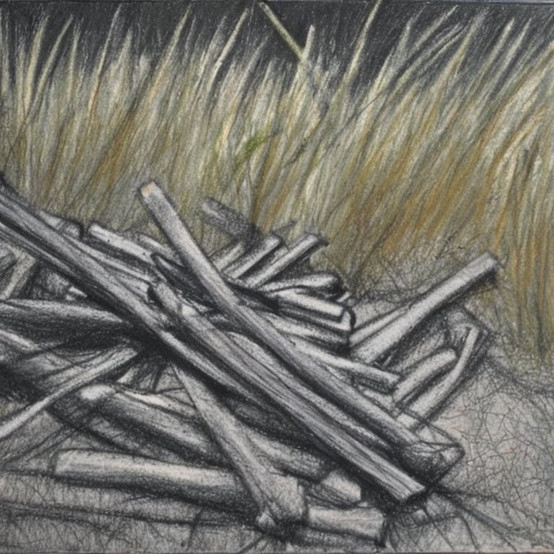

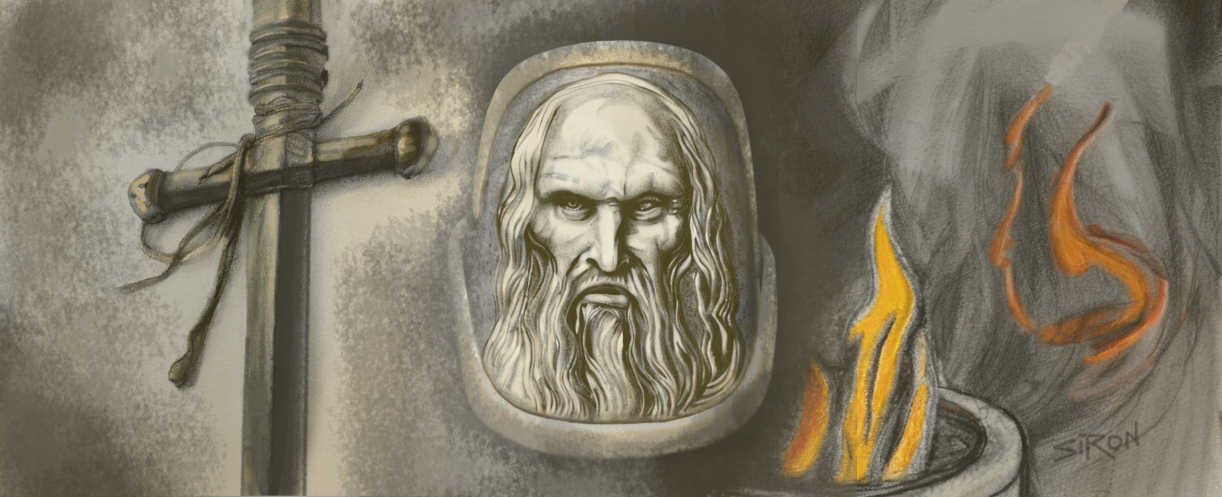

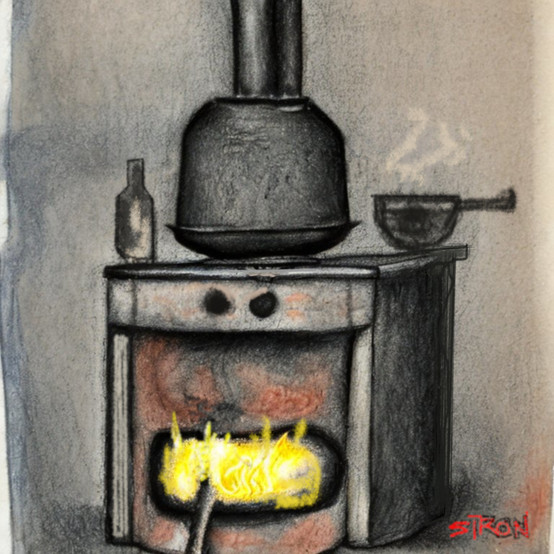





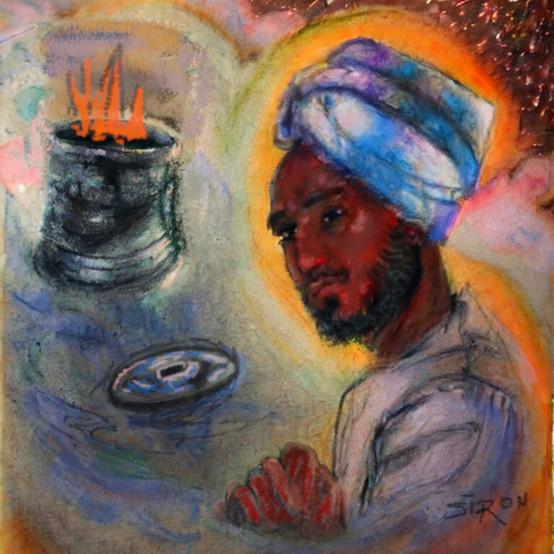

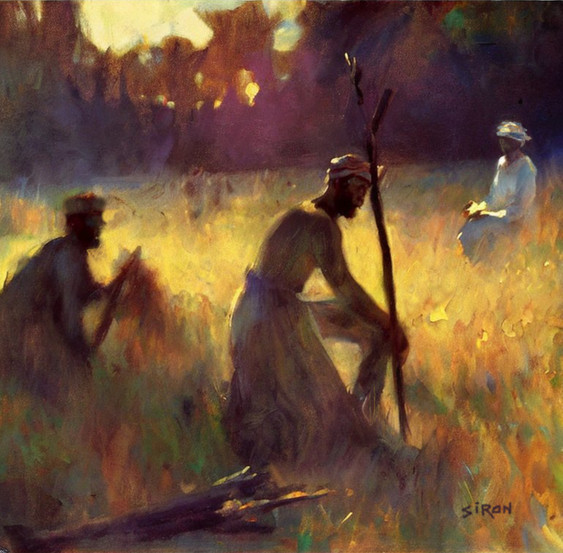

















Comments